Tunnelling work
A tunnel is an underground passage or opening that is:
-
close to horizontal, and
-
starts at ground level or at an excavation.
The work includes making the tunnel and supporting systems (like a ventilation system) and other temporary work.
All stages of tunnelling work involve engineering, throughout planning, investigation, design and construction.
The Guide for tunnelling work has guidance on performing tunnelling work safely.
WHS duties
Everyone in the workplace has WHS duties under the model WHS Act. You have specific duties if you are:
-
a person conducting a business or undertaking (PCBU)
-
a principal contractor
-
a designer
-
a manufacturer, importer, supplier and installer of plant, substances or structures
-
an officer.
The model WHS Regulations have duties that apply to tunnelling work. This includes managing the risks of construction, confined spaces, and hazardous manual tasks.
As a PCBU, you must, so far as is reasonably practicable:
-
ensure the health and safety of workers and others at your workplace
-
consult with workers who carry out work for the business or undertaking and who are (or are likely to be) directly affected by a health and safety matter, and
-
consult, cooperate and coordinate activities with all other relevant duty holders.
Work requiring a licence
Tunnelling can involve:
-
asbestos removal
-
high-risk work, and
These work activities require a licence.
Contact your WHS regulator for more information on training and licences if your tunnelling work includes any of these activities.
If explosives are used in tunnelling work, they must only be used by a competent, licensed person with experience in the work to be carried out.
Contact the WHS regulator where the explosives are to be used as requirements for the use of explosives and blasting notification requirements vary in each jurisdiction.
Managing risks
You must, so far as is reasonably practicable, eliminate or minimise risks associated with tunnelling work. This involves:
-
identifying hazards—find out what could go wrong and what could cause harm.
-
assessing risks if necessary—understand the harm each hazard could cause, how serious the harm could be and the likelihood of it happening.
-
controlling risks—implement the most effective control measures that are reasonably practicable in the circumstances.
-
reviewing control measures to ensure they are working as planned.
Some of the most common tunnelling hazards are:
-
tunnel stability, including rock or earth falls and rock bursts
-
changing ground conditions, including strata and stress fluctuations
-
limited space and access, including confined spaces
-
air contamination or oxygen depletion
-
fire or explosion
-
using fixed and powered mobile plant
-
hazardous substances.
For further information, see the Guide for tunnelling work.
High risk construction work
Some tunnelling work is high risk construction work. For example, where:
-
there is any movement of powered mobile plant
-
there is a risk of a person falling more than 2 metres
-
the work involves, or is likely to involve, the disturbance of asbestos
-
the work is carried out in an area that may have a contaminated or flammable atmosphere.
You must prepare a Safe Work Method Statement (SWMS) before high risk construction work starts.
For further information see the Model Code of Practice: Construction Work and Safe Work Method Statement for construction work - Information sheet.
Supporting information
- Guide for tunnelling work
- Code of Practice: Excavation Work
- Code of Practice: Construction Work
- Code of Practice: How to safely remove asbestos
- Code of Practice: How to manage work health and safety risks
- Safe Work Method Statement for construction work - Information sheet.
- Construction
- Confined spaces
- Model WHS Regulations
- The interactive safe work method statement (SWMS) tool provides information on preparing, using and reviewing SWMS for high risk construction work.
